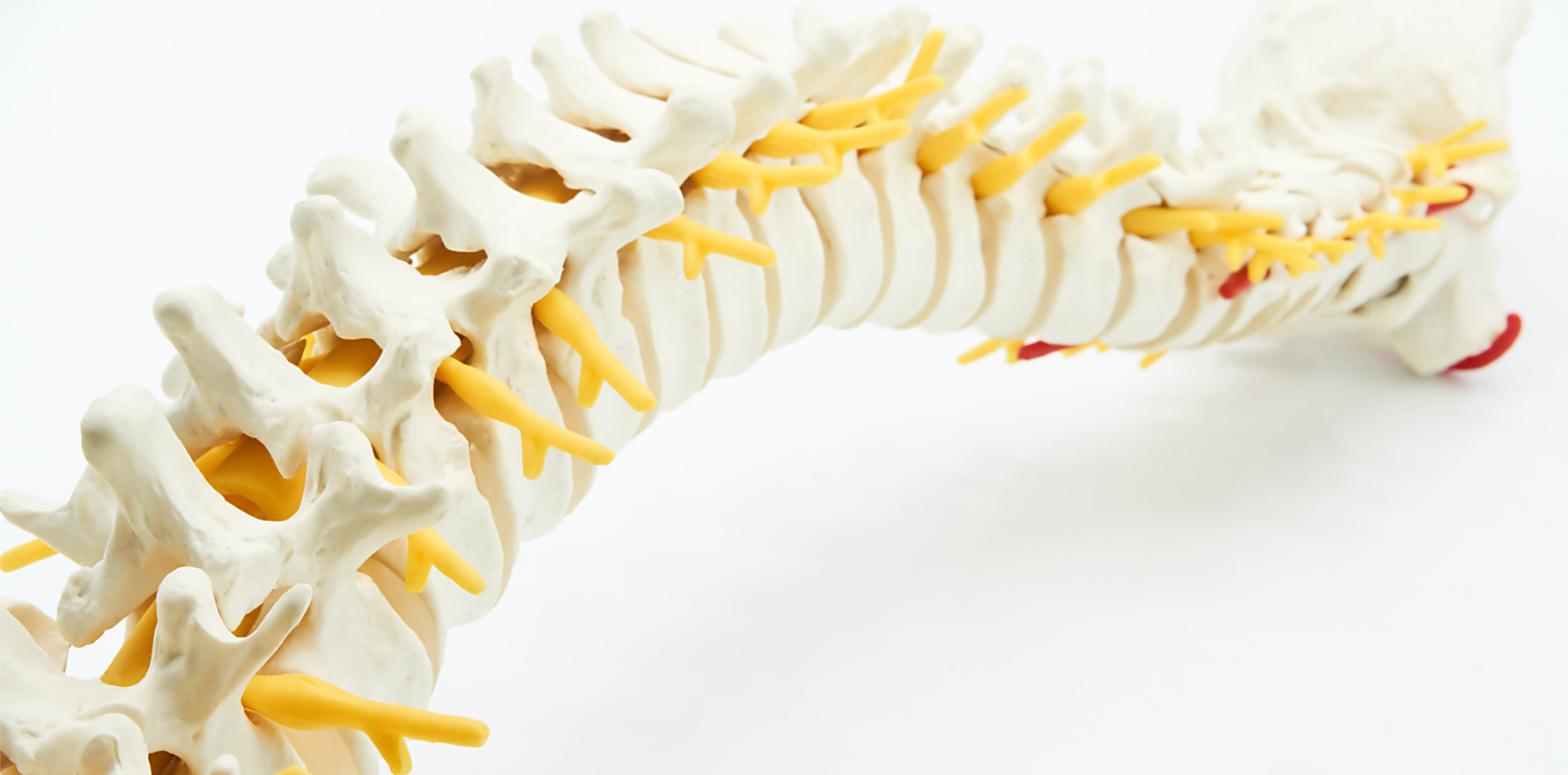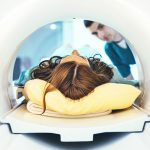HLA-B27 positivity in first-degree relatives of axSpA patients linked with future clinical diagnosis.
Positive HLA-B27 status among first-degree relatives of patients with axial spondyloarthritis (axSpA) may indicate progression from low-level inflammation to a clinical diagnosis within a year, a Dutch study has found.
MRI abnormalities were also common in the spine and sacroiliac joints of at-risk relatives, but more research is needed to improve specificity of imaging findings, experts say.
Analysing physical symptoms and imaging abnormalities suggestive of axSpA, as well as HLA-B27 status, the Pre-SpA Cohort Study in the Netherlands is looking to identify clinical indicators that may indicate disease progression in family relatives.
Initial reports of 51 patients from the prospective cohort suggested a considerable proportion of seemingly healthy first-degree relatives of HLA-B27 positive axSpA patients display clinical symptoms suggestive of the disease.
A larger follow-up analysis examining which family members went on todevelop clinical axSpA within a year has now been published in Arthritis Care & Research.
It included some 150 at-risk first-degree relatives and assessed various clinical signs, imaging abnormalities and biomarkers that may be predictive of developing axSpA, as well as HLA-B27 status.
In this group, a fifth had inflammatory back pain on examination, 32% had joint pain (arthralgia) and up to 15% had MRI scores highly suggestive of axSpA, but still without signs to warrant a clinical diagnosis.
Serum inflammatory markers, CRP and ESR, were also elevated in 16% and 7% of the group, respectively.
These features were evenly spread between HLA-B27 positive and negative first-degree relatives, though progression to clinical axSpA one year later was mainly observed in HLA-B27 positive patients, the study found.
Of the 123 participants who had completed a year’s follow-up, 7 people (6%) were diagnosed with axSpA after the intensity and frequency of their back pain had increased.
“Approximately 6% of first-degree relatives developed a distinguishable clinical syndrome of axSpA over 1 year of follow-up, and all except one were HLA-B27 positive,” the Dutch team said in their paper.
However, the average age at baseline was 27 years, so more first-degree relatives from the study are expected to develop axSpA in continuing follow-up as they approach 40 years of age.
“If our finding that almost all first-degree relatives who progress towards clinical disease are HLA-B27 positive is confirmed during further follow-up, this suggests that HLA-B27 is not responsible for initiation of (acute) subclinical inflammation … but rather determines the progression of subclinical inflammation to clinically manifest disease in axSpA,” the authors said.
Professor Paul Bird, a rheumatologist in Sydney, said the study shows family history is an important part of clinical assessment, as is HLA-B27 status in symptomatic relatives of patients with axSpA.
It also provides further insights regarding the sensitivity and specificity of MRI in diagnosing axSpA; however, MRI findings must be interpreted with caution, especially in patients with minimal symptoms.
“More work needs to be done in this area,” Professor Bird said.
Also, the study recruited first-degree relatives with physical complaints, and 65% of participants reported general back pain at baseline, which may reflect some possible selection bias, he said.
Melbourne-based rheumatologist Dr Lionel Schachna said the study highlights the importance of performing a detailed clinical assessment of at-risk patients, and not simply relying on inflammatory back pain to establish a diagnosis of SpA.
“Importantly, identifying the more specific MRI findings of SpA can allow for early initiation of a spinal stretching exercise routine and ongoing rheumatologic follow up,” he said.




